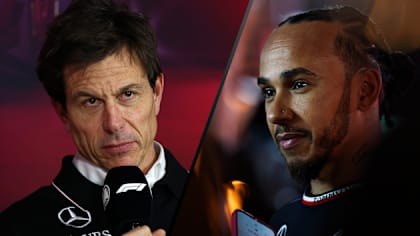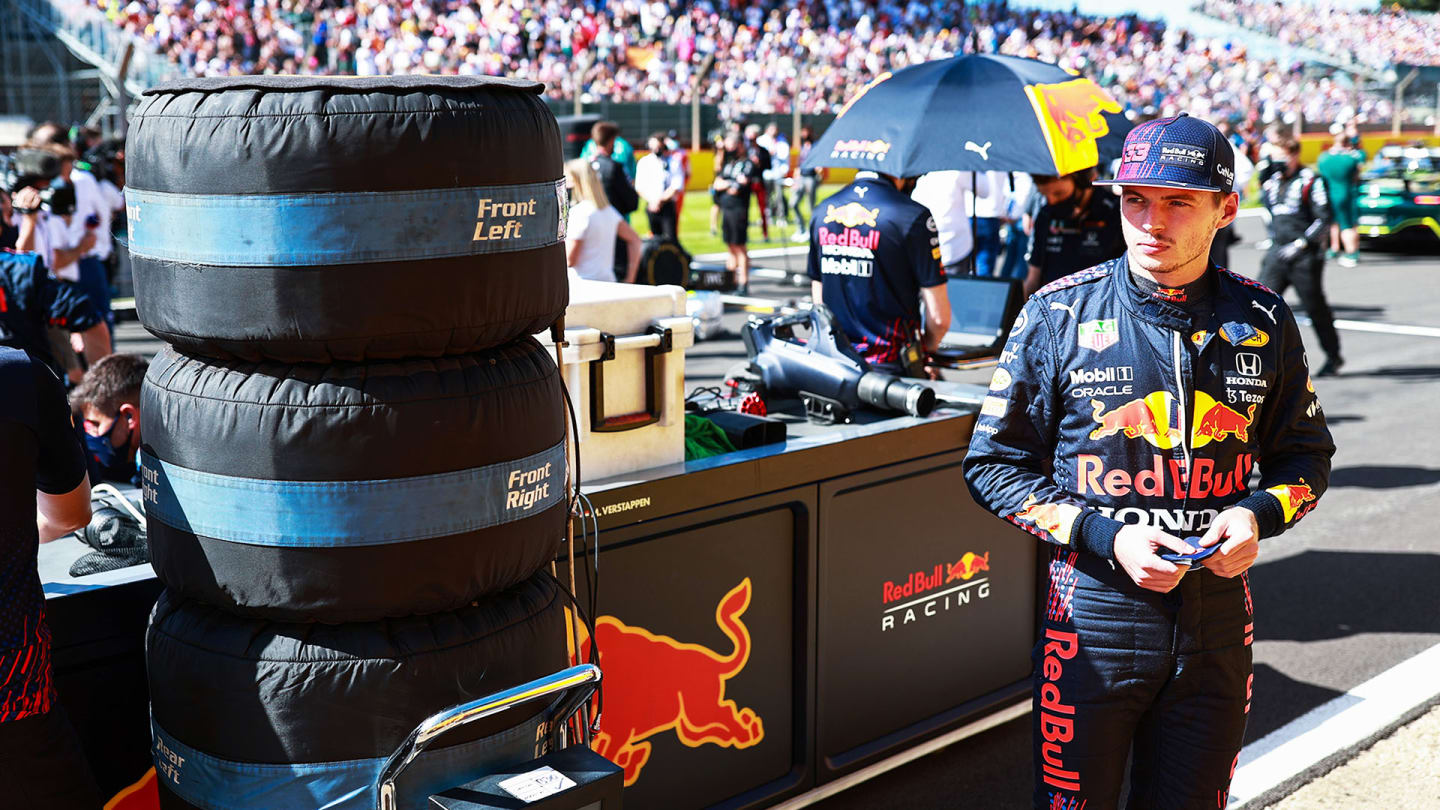
Feature
STRATEGY GUIDE: What are the possible race strategies for the British Grand Prix?

Share

It’s a different format to this race weekend, and that means there are quirks to the tyre regulations, so let's take a look at the different strategic options available to the teams and drivers ahead of today’s British Grand Prix at Silverstone.
Hang on, what’s new?
With the F1 Sprint getting its first trial run at Silverstone, qualifying took place on Friday evening but was not being used to set the grid for the Grand Prix today. Instead, it set the grid for yesterday’s Sprint, and the final classification after the 17 laps provided the starting order for today’s race.
F1 Sprint: What the teams and drivers had to say about F1's exciting new format
While the format of qualifying was the same on Friday, the tyre rules weren’t. Instead of the cars reaching Q3 starting on the tyre that they set their best Q2 lap time on, all 20 cars had to use soft tyres throughout, but then get free choice of tyres for both the Sprint and the Grand Prix.
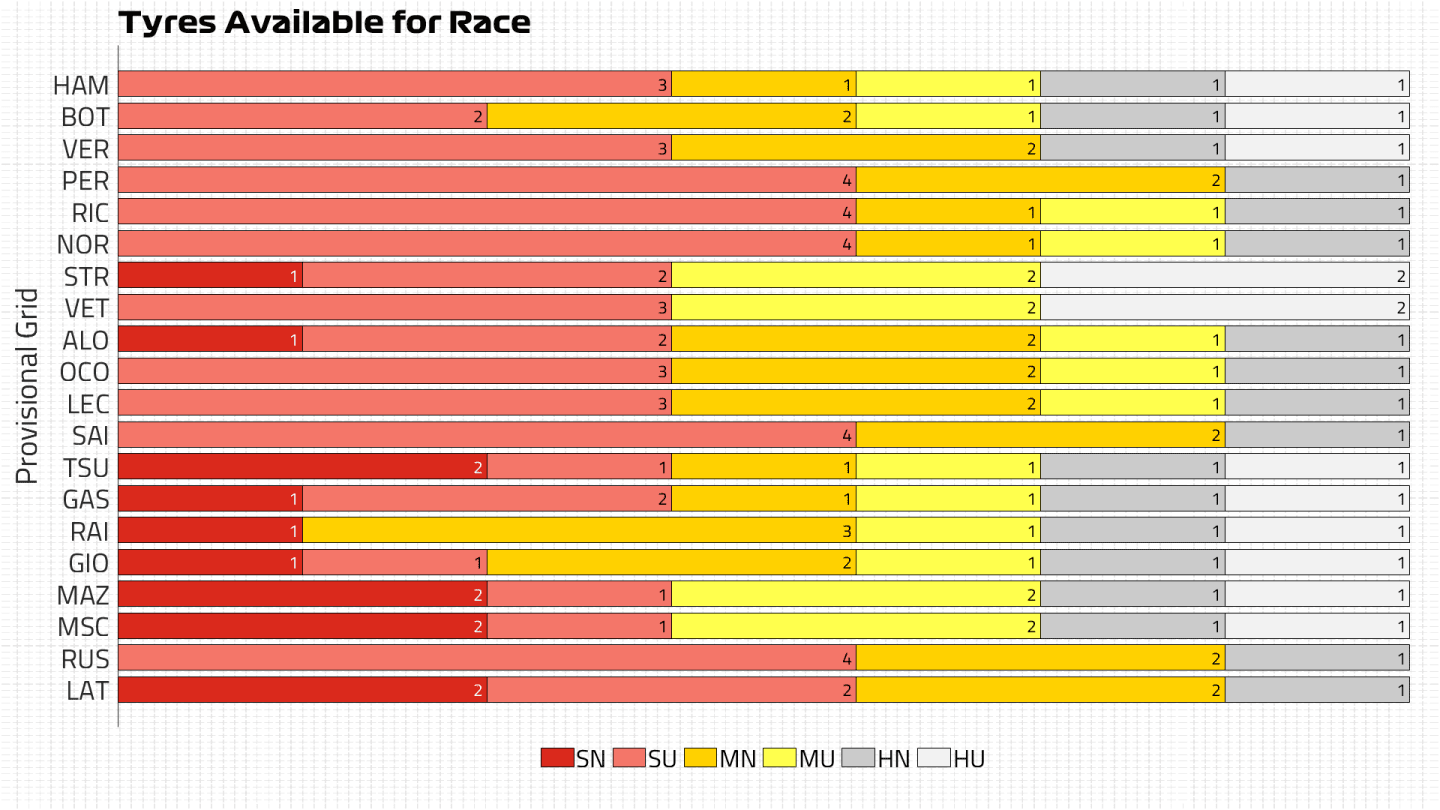
What are the likely strategies for the frontrunners?
If you’re a frontrunner, that free tyre choice has opened up the strategic options. Usually you would be forced to start on the tyre that you qualified on, and while we’ve often seen the fastest teams able to use that to their advantage, they’re still locked into that decision from Q2 onwards. Now they can make that call at the last minute if they wish, after analysing the data from Saturday.
READ MORE: Sprint winner Verstappen 'really worried' about brake issues on lap 1 after fire on grid
The most likely outcome is they will opt for a one-stop strategy starting on medium tyres, especially given the fact all except Valtteri Bottas in the top 10 chose mediums for the Sprint and it proved the way to go. Bottas didn’t lose ground at the front, but he also didn’t gain either on the softs, and he wouldn’t have flexibility for his first stint if he did the same today.
Starting on the mediums opens up a likely pit window between Lap 18 and 25, so a little longer than we saw during the Sprint, before switching to the hard compound for the rest of the race. In that sense, Saturday provided a dress rehearsal for the first stint of the race and the drivers have a good idea of how the mediums will react in a race situation, albeit on a lower fuel load.
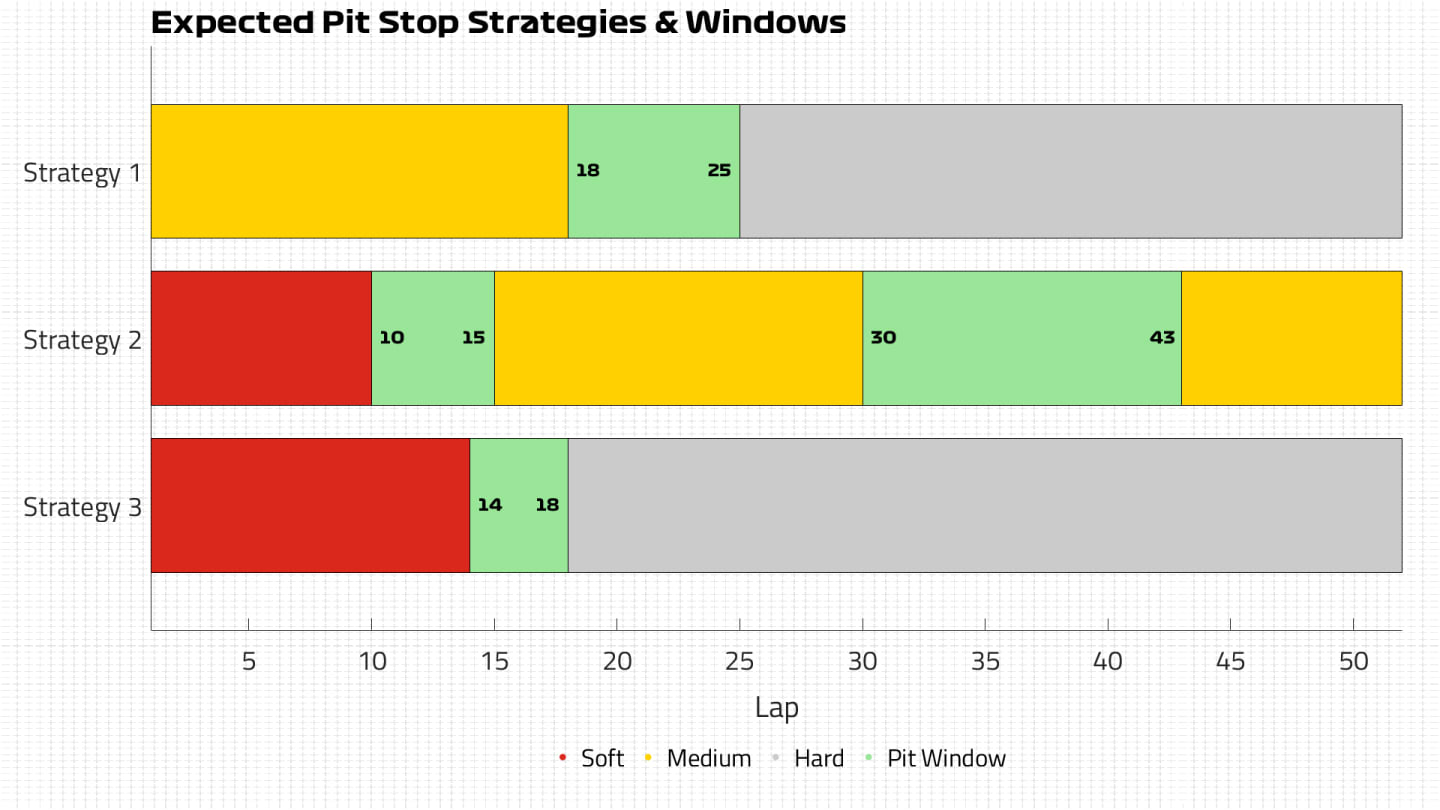
What other options are available?
You might think starting on the softs would be worth a gamble after what we saw Fernando Alonso do on Saturday in the Sprint. In fact, Alonso wasn’t alone, with team mate Esteban Ocon and Kimi Raikkonen both making up three and four positions respectively on track having chosen the softs.
But the fuel load was only a third of what will be needed for the Grand Prix, so using the softs at the start is very unlikely. Plus the race will start at 1500 local time when the temperature is likely to be at its highest – and higher than in the Sprint that started at 1630 – so the alternative strategy is a one-stop starting on the hard compound.
With higher temperatures and heavier cars, the hard tyre is likely to give good performance, with no concerns over tyre warm-up given the track layout with a number of high-speed corners. It will still be up to half a second slower than the medium, but it also opens up more strategic options.
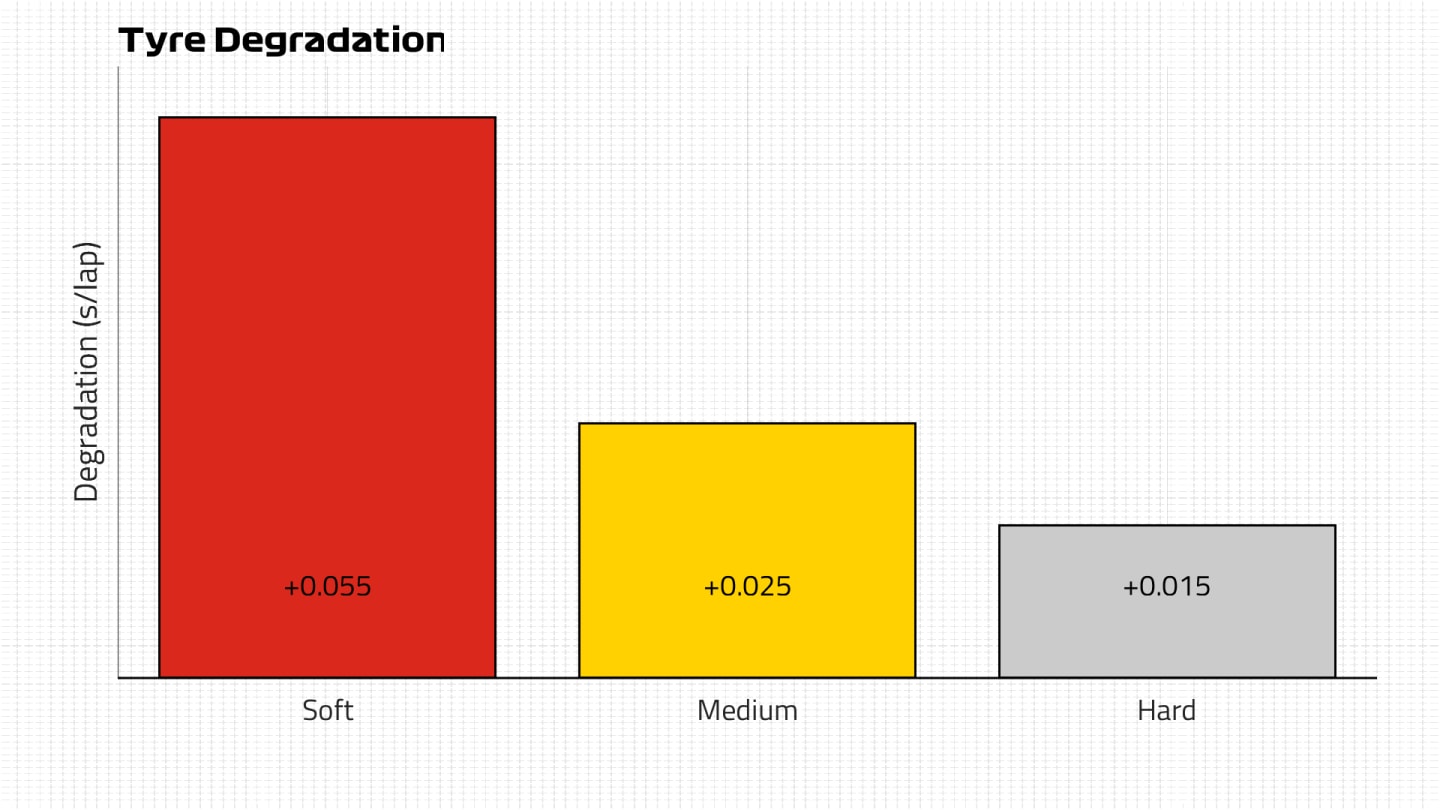
The pit window for switching to the mediums until the end of the race will realistically be any time after Lap 25 and before Lap 32, and then in the second stint the fuel load burns off further and the track is at its best. But if that first pit stop can be pushed beyond Lap 32, then drivers could switch to softs for the final part of the race.
Plenty of teams could look to use the soft in the second stint – especially those who are typically easier on their tyres such as Aston Martin – because the teams also have good data from 2020 when the second race at Silverstone saw the C3 compound (this year’s soft) nominated as the medium by Pirelli, and was able to be used for a significant number of laps.
READ MORE: Leclerc targeting podium push after enjoying ‘flat-out’ run to P4 in F1 Sprint
Could we see a two-stopper?
We could, but it’s most likely to be if there is a Safety Car in the latter part of the race. Given the advantage we saw the likes of Alonso and Ocon enjoy on softs in the Sprint, a Safety Car with more than 10 laps to go could be worth a gamble on a second stop, especially if a team has new soft tyres available.
The quickest two-stop strategy that’s available goes soft-medium-soft but is expected to be comfortably slower than the one-stop and would make for a very difficult task extending the first stint unless there was an early Safety Car.

Wait, but what’s the weather doing?
The complete opposite to Austria a few weeks ago. While the last three races have seen a threat of rain that has ensured teams were on their toes for a rapid change in weather, Silverstone is delivering a very un-British weekend (I’m British, I can say that).
It has been hot and sunny all weekend so far, and Sunday looks like being the hottest day yet. Temperatures should be up near the 30s and that could push track temperatures above 50C, which would be another challenge for the teams and drivers.
READ MORE: Who gained the most positions – and British GP grid spots – in F1 Sprint?
Blistering was an issue in the Sprint but didn’t really affect performance over the 17 laps. But it could be a bigger concern with higher temperatures, especially when the tyres are getting worked harder on full fuel loads in the first half of the race.
YOU MIGHT ALSO LIKE
News Wolff expands on ‘shelf-life’ comment as he admits Mercedes have ‘failed’ Hamilton
Report FP1: Hamilton leads Mercedes 1-2 during first practice in Las Vegas
News 'We’ve got a fundamental issue' – Perez bemoans lack of grip in Las Vegas after sixth Q1 exit of 2024
News Formula 1 comes to life in brick form as full LEGO range unveiled

